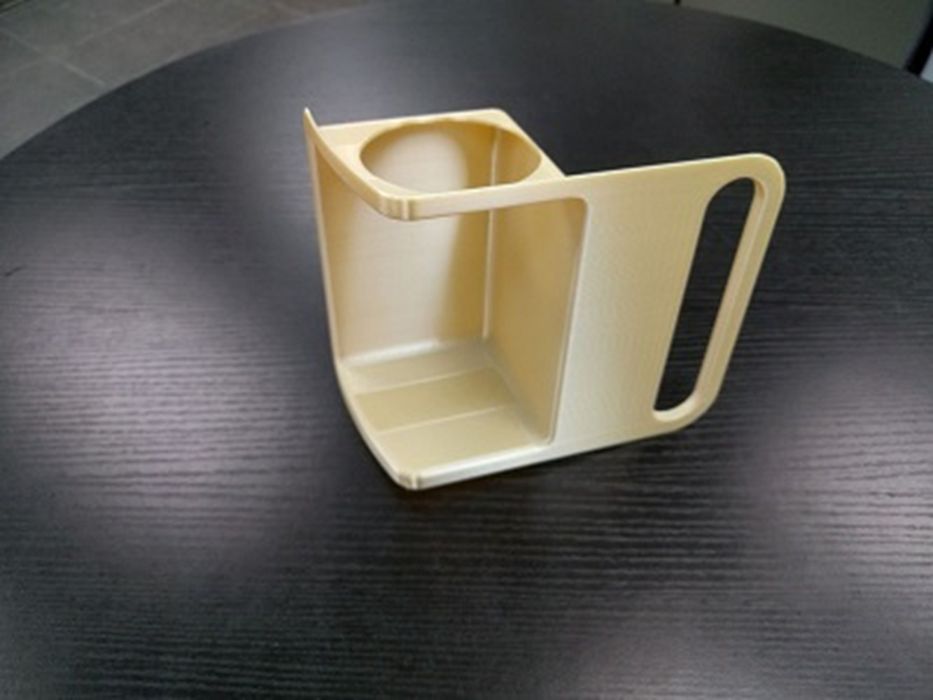
Charles R. Goulding and Preeti Sulibhavi discuss aerospace industry giant TransDigm and how 3D printing can positively impact the business after a recent acquisition.
There aren’t many companies like TransDigm. It’s the industry giant you’ve never heard about.
TransDigm is highly successful because of its value-pricing model; its mission to go after “great,” not just good; it doesn’t leave value “on the table;” and, it recognizes the value of spare and replacement parts in the airline industry. The combination of these qualities has helped TransDigm achieve profit margins nearing 50%. This is unheard of in almost any industry.
Founded in 1993, TransDigm went public in 2006 and began buying up various aerospace businesses, a mix of the good and the bad, and turning them into cost-effective, money-making machines.

The above table demonstrates that TransDigm has spent over half a billion in R&D in the past five years.
TransDigm is the company responsible for providing airplanes with seatbelt buckles, overhead bin latches, and extruded plastic vents that push the conditioned air into the cabin, in addition to a plethora of valves, pumps, cables and connectors. TransDigm’s product selection also includes lavatory faucets, drain assemblies and door locks.

Airplanes and 3D Printing
We have covered various airline trends and how they are relevant to 3D printing, including the last Boeing 747 aircraft delivery and how the Tata Group is reviving Air India.
But TransDigm’s product portfolio is quite extensive if you include all the companies it has acquired in the last few decades. One of the companies it acquired in 2018 was Extant. Extant Aerospace, as it is now known, was a business involved in acquiring IP rights to antiquated lines of old aircraft parts that airlines generally won’t need in coming years.

That acquisition illustrated TransDigm’s “don’t leave money on the table” ideology. The aircraft that need those parts are still operating, for now, and without the part, it is left nonoperational. With IP rights, airlines can now use 3D printers to fabricate these aircraft parts using new materials at lower costs and faster lead times. TransDigm’s competitors, including Honeywell and GE Aviation, are integrating 3D printing technology into their operations.
We believe, based on a 2018 conversation between Kevin Stein, CEO TransDigm Group and his CFO, Michael Lisman, summarized in a Harvard Business School MBA assignment, that TransDigm is very mindful of the impact of 3D printing. Stein referenced the potential for generative design, reducing the number of parts needed in an aircraft component.
The Research & Development Tax Credit
The now permanent Research and Development (R&D) Tax Credit is available for companies developing new or improved products, processes and/or software.
3D printing can help boost a company’s R&D Tax Credits. Wages for technical employees creating, testing and revising 3D printed prototypes can be included as a percentage of eligible time spent for the R&D Tax Credit. Similarly, when used as a method of improving a process, time spent integrating 3D printing hardware and software counts as an eligible activity. Lastly, when used for modeling and preproduction, the costs of filaments consumed during the development process may also be recovered.
Whether it is used for creating and testing prototypes or for final production, 3D printing is a great indicator that R&D Credit eligible activities are taking place. Companies implementing this technology at any point should consider taking advantage of R&D Tax Credits.
Conclusion
We were already aware of the various exterior airplane parts that could be 3D printed. But there are a myriad of ways in which 3D printers can help create interior parts as well for both new and older model planes. TransDigm, with its keen insight and lean business tactics, has seen the value of conquering the airplane interior parts market. We believe 3D printing is the next stop for TransDigm.
